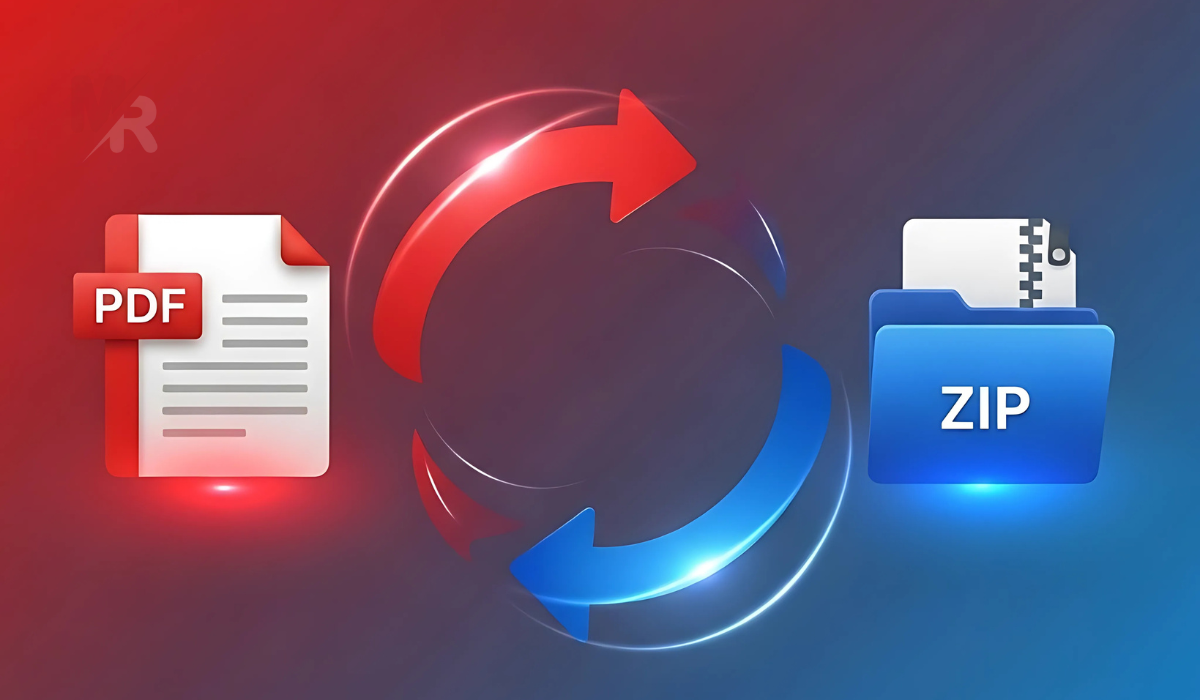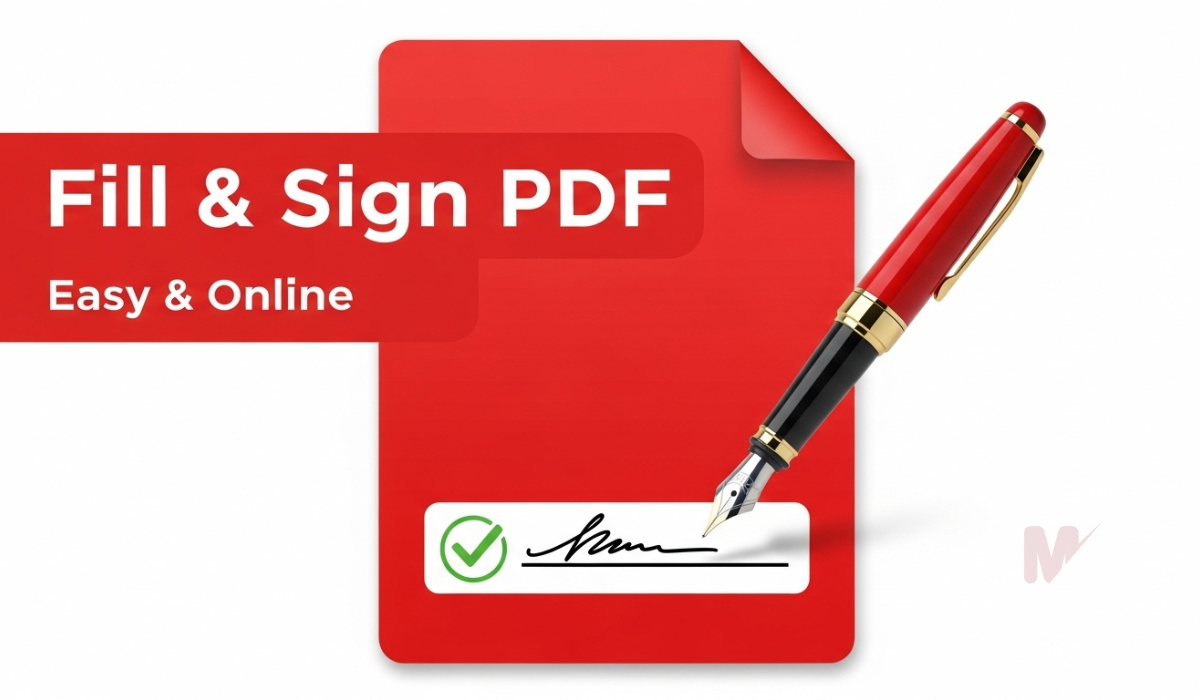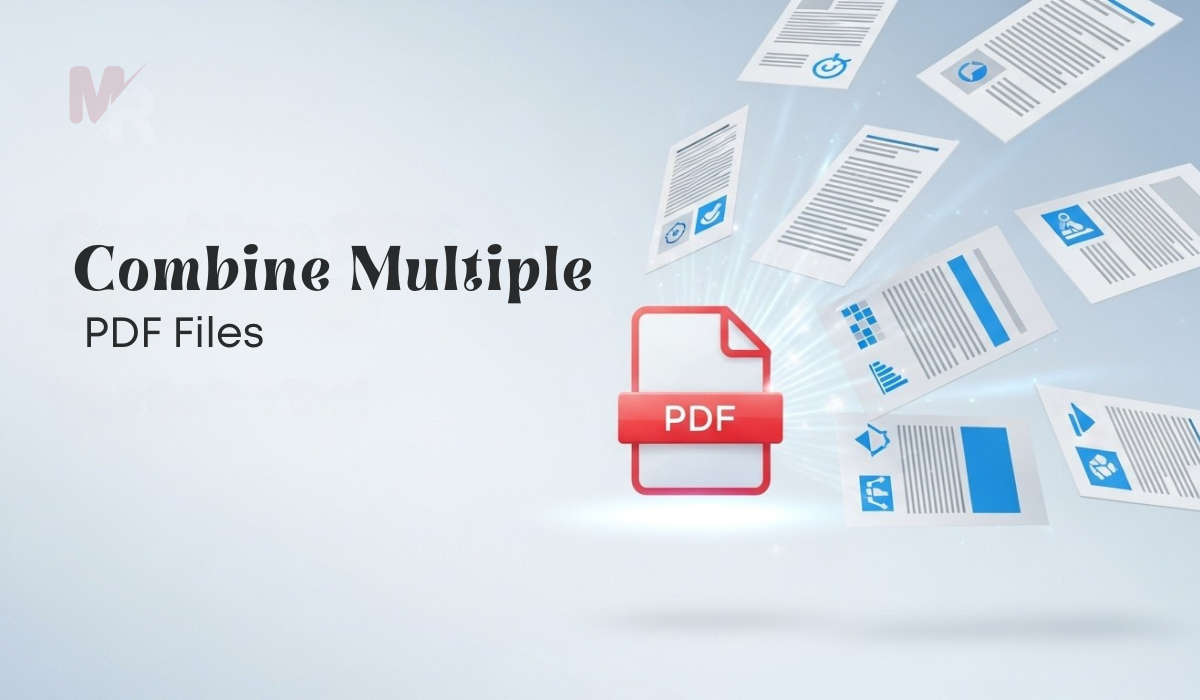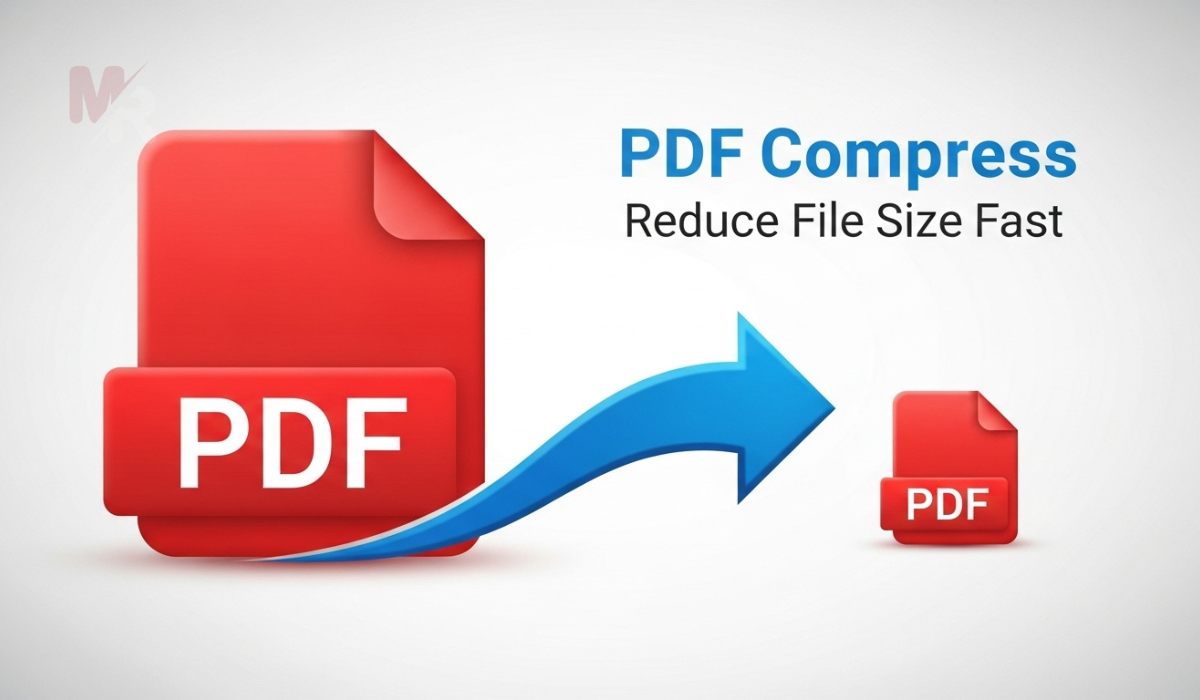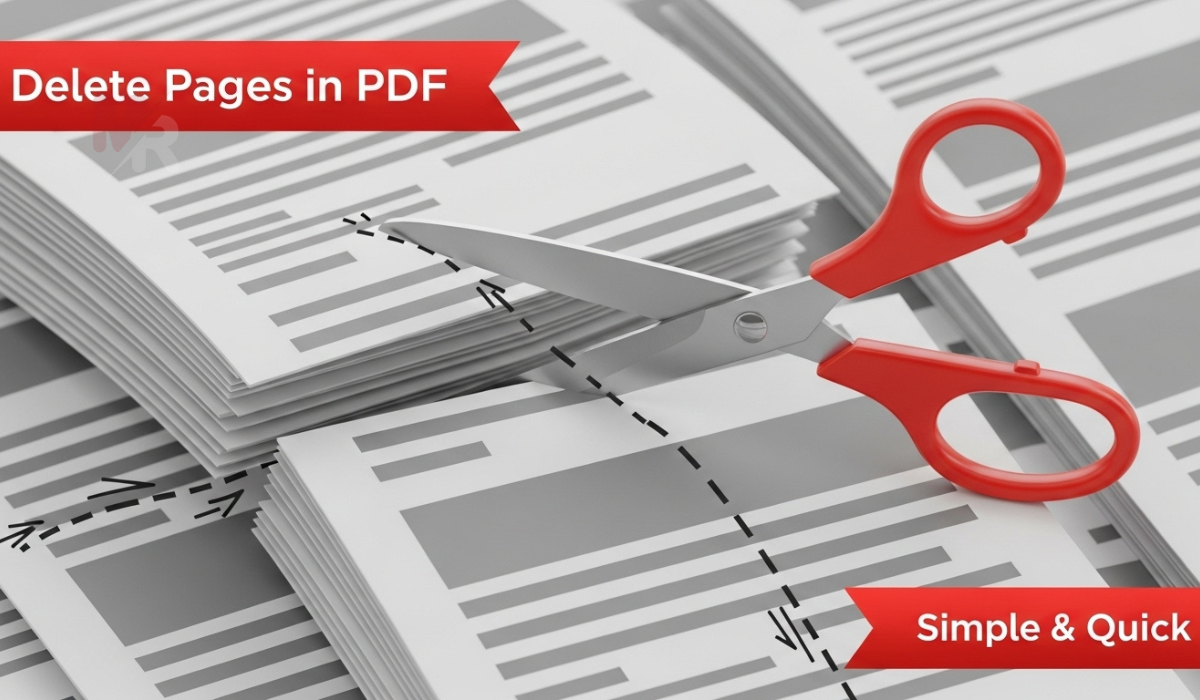Step 1: Your Website's Information
Step 2: Data Collection
What kind of personal data do you collect from users?
Step 3: Cookies and Third Parties
How to Use a Privacy Policy Generator: A Step-by-Step SEO-Friendly Guide
In today’s digital world, protecting user data and complying with privacy regulations is essential. Whether you run a blog, an eCommerce store, or a mobile app, having a well-written privacy policy is no longer optional—it’s a legal necessity. That’s where a Privacy Policy Generator comes in.
A Privacy Policy Generator allows you to create a customized privacy policy for your website or app without needing a legal background. In this guide, you’ll learn what this tool is, why you need it, and how to use it efficiently.
What is a Privacy Policy Generator?
A Privacy Policy Generator is an online tool that helps you create a tailored privacy policy for your digital platform. It asks for essential details about your business, such as what kind of data you collect, how you use it, and whether you share it with third parties. Based on your input, the tool generates a compliant, readable privacy policy document.
Why You Need a Privacy Policy Generator
Using a Privacy Policy Generator ensures you stay compliant with global privacy laws like:
- GDPR (General Data Protection Regulation – EU)
- CCPA (California Consumer Privacy Act – US)
- PIPEDA (Personal Information Protection and Electronic Documents Act – Canada)
Without a proper privacy policy, your site could face:
- Legal penalties and fines
- Loss of user trust
- Removal from platforms like Google or Facebook Ads
Creating a privacy policy manually can be time-consuming and confusing. A Privacy Policy Generator solves this problem quickly, helping you remain legally compliant and transparent with users.
Step-by-Step: How to Use a Privacy Policy Generator
Follow these simple steps to generate a fully functional privacy policy using a Privacy Policy Generator.
1. Choose a Reliable Privacy Policy Generator
Start by selecting a trusted Privacy Policy Generator. Look for features like:
- GDPR and CCPA compliance
- Customization options
- Support for websites, apps, and eCommerce platforms
- Free and premium versions
Some popular privacy policy generators include:
- TermsFeed
- GetTerms
- PrivacyPolicies.com
- FreePrivacyPolicy
Make sure the generator you choose aligns with your region’s legal requirements.
2. Enter Your Business Details
Once you access the tool, it will prompt you to fill out basic business information. Be ready to input:
- Business name
- Website or app URL
- Contact information
- Location and legal jurisdiction
These details help the Privacy Policy Generator create a document specific to your business.
3. Specify What Data You Collect
Next, clarify the types of personal information your site or app collects. Common examples include:
- Names
- Email addresses
- Phone numbers
- IP addresses
- Payment information
- Cookies and tracking data
Be honest and thorough. A good Privacy Policy Generator will include appropriate clauses depending on your selections.
4. Explain How You Use the Data
The tool will also ask how you plan to use the collected data. Typical uses may include:
- Sending marketing emails
- Processing transactions
- Improving user experience
- Analytics and tracking
- Advertising
A transparent explanation builds trust with your audience and helps you meet regulatory obligations.
5. Mention Third-Party Sharing
Do you use third-party tools like Google Analytics, payment gateways, or social media integrations? Most Privacy Policy Generator tools will ask if and how you share data with third parties.
Provide the names of these services and their purpose. This part is critical to meet legal standards like GDPR, which mandates disclosure of data-sharing practices.
6. Customize Additional Clauses
Advanced Privacy Policy Generators offer optional sections based on your business model. You can add clauses related to:
- Data retention
- Children’s privacy (COPPA compliance)
- User rights (like opting out or requesting data deletion)
- International data transfers
Tailoring your policy ensures comprehensive coverage and better legal protection.
7. Review and Download the Policy
After you’ve filled out all required information, the Privacy Policy Generator will create your document. Review it carefully. Ensure:
- No errors or typos
- The tone matches your brand
- All data practices are accurately represented
Once satisfied, download the policy in HTML, text, or PDF format. Some tools even allow direct embedding into your website.
8. Publish the Privacy Policy on Your Site
Place the privacy policy in an easily accessible section of your website or app. Most websites add it to the footer or include it in the sign-up and checkout processes.
Use clear language like “Privacy Policy” in the link. This enhances user transparency and satisfies search engines and ad platforms.
9. Keep It Updated
Privacy laws change frequently. So do your business operations. Always revisit the Privacy Policy Generator if:
- You start collecting new types of data
- You add new third-party services
- You expand into new regions with different privacy regulations
Keeping your policy updated avoids legal trouble and maintains user trust.
Benefits of Using a Privacy Policy Generator
Using a Privacy Policy Generator has several advantages:
- Time-saving: You don’t need to draft legal text from scratch.
- Cost-effective: Most tools are free or affordable compared to hiring a lawyer.
- Legally compliant: Many tools update policies based on new regulations.
- Professional: Clean formatting and legal language give your site credibility.
Common Mistakes to Avoid
While using a Privacy Policy Generator is simple, here are a few pitfalls to avoid:
- Skipping details: Leaving out key data practices could lead to compliance issues.
- Using generic templates: Always tailor the policy to your specific needs.
- Forgetting updates: Regularly update your policy to reflect changes.
- Not linking it properly: Make your privacy policy visible on all major site pages.
Conclusion
A Privacy Policy Generator is an essential tool for any online business, blog, or app. It helps you stay legally compliant, build user trust, and maintain professional standards—without requiring legal expertise.
By following the steps in this guide, you can create and maintain a reliable privacy policy tailored to your specific needs. Don’t wait until a legal issue arises. Use a Privacy Policy Generator today and protect your business and your users from unnecessary risk.

